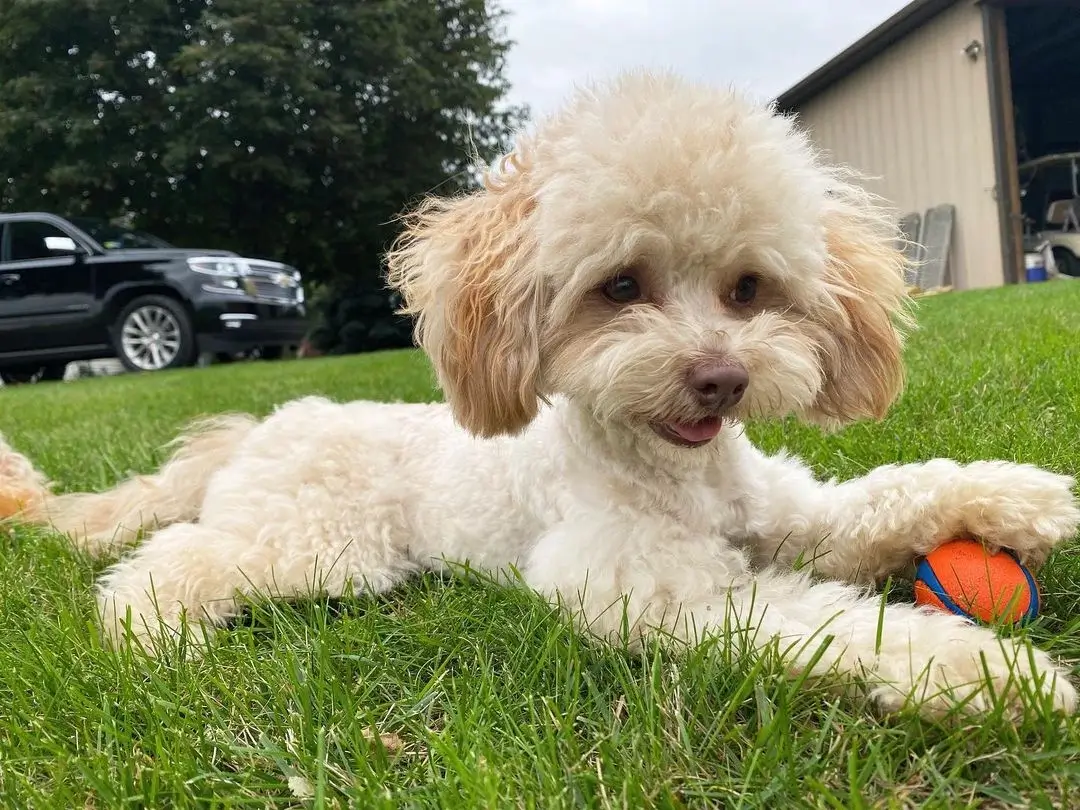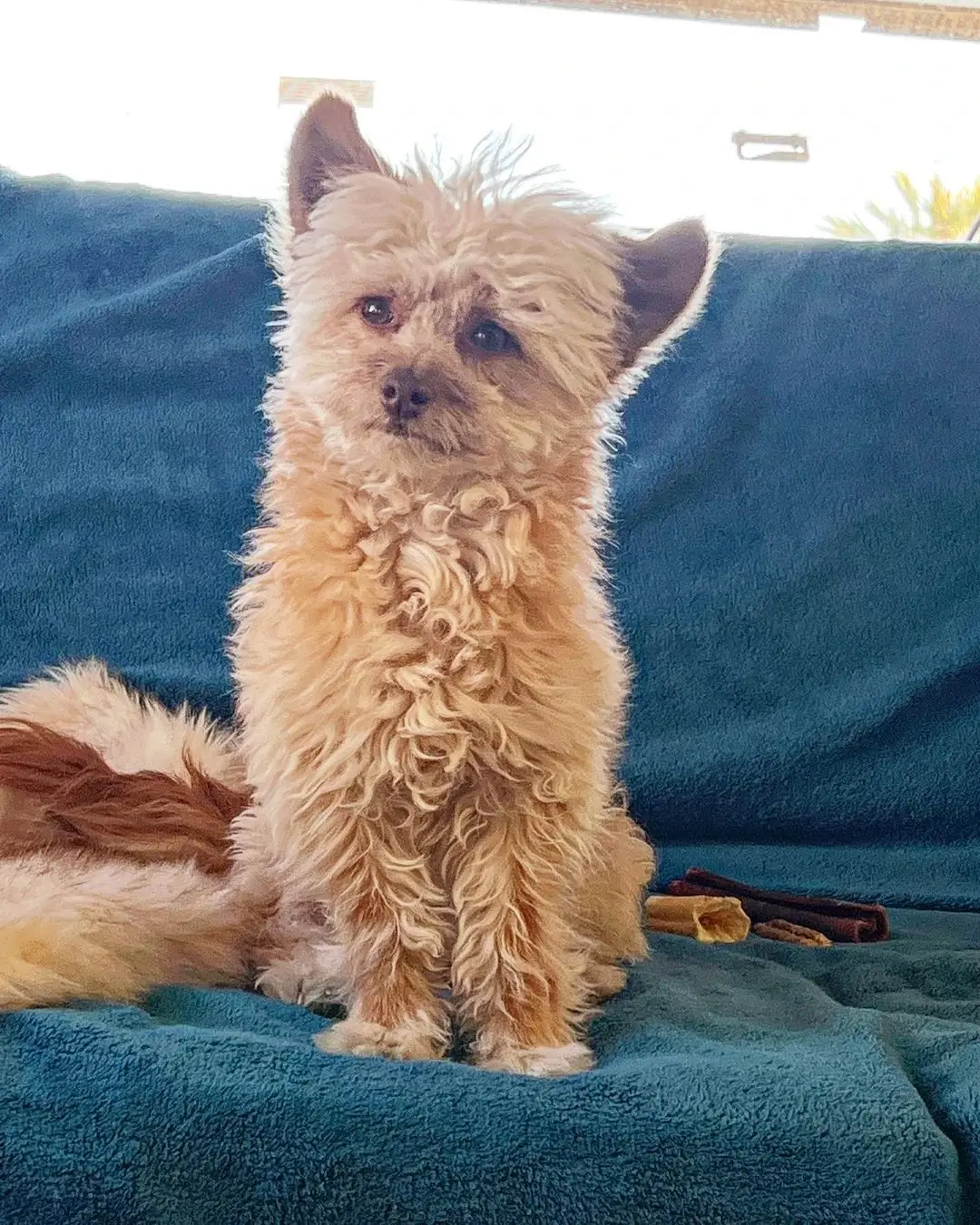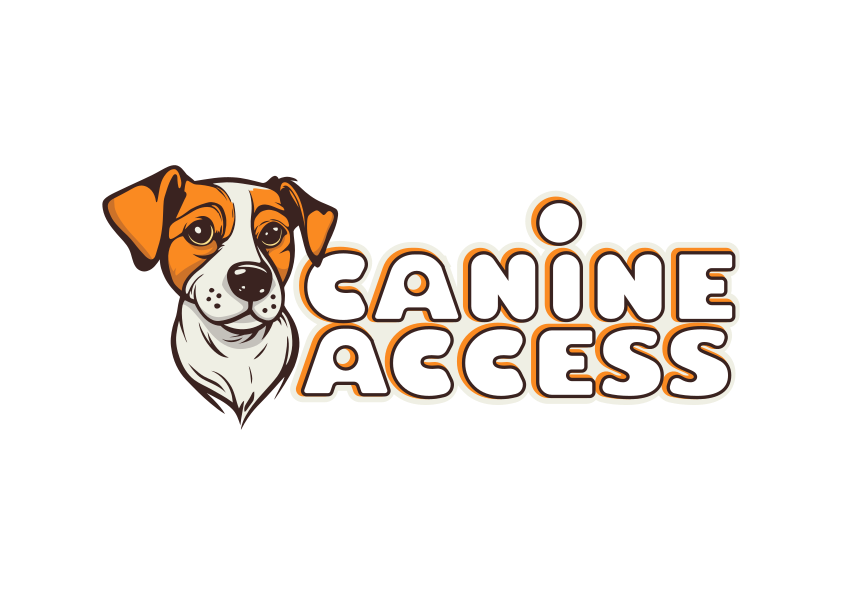The Toy Aussiedoodle has captured the hearts of dog lovers with its intelligence, affectionate nature, and charming appearance. In this comprehensive guide, we’ll delve into the world of Toy Aussiedoodles, exploring their origin, physical characteristics, care requirements, recognition status, and what you can expect in terms of cost.
What is a Toy Aussiedoodle?
A Toy Aussiedoodle is a smaller-sized version of the Aussiedoodle, which itself is a crossbreed between the Australian Shepherd and the Poodle. This charming canine companion inherits a mix of traits from both parent breeds, creating a unique and often hypoallergenic family pet.
With its smaller size and charming personality, the Toy Aussiedoodle makes an excellent companion for active individuals and families, embodying the same wonderful traits as its larger counterparts in a more compact package.
What Does a Toy Aussiedoodle Look Like?
The physical appearance of a Toy Aussiedoodle is a delightful fusion of features from the Australian Shepherd and the Poodle. From their coat to their facial expression, each individual dog is a unique blend of its parent breeds.
Coat:
- Texture: Toy Aussiedoodles often have a soft, wavy, or curly coat, inheriting the Poodle’s hypoallergenic qualities.
- Color: The coat can come in various colors and patterns, including black, blue merle, red merle, and chocolate, among others.
Body Structure:
- Size: They are smaller than standard Aussiedoodles, with their size influenced by the Toy or Miniature Poodle parent.
- Build: These dogs typically have a well-proportioned build, exhibiting a blend of the sturdiness of the Australian Shepherd and the elegance of the Poodle.
Facial Features:
- Eyes and Ears: Toy Aussiedoodles often inherit expressive eyes and semi-floppy ears, contributing to their adorable and alert appearance.
- Tail: The tail can vary in length and might be straight or have a gentle curl.
How Big Do Toy Aussiedoodles Get?
The Toy Aussiedoodle typically reaches a height of 10 to 12 inches and weighs between 6 to 15 pounds when fully grown. Consider the size of the Poodle parent (Toy or Miniature) to estimate the potential size of the Toy Aussiedoodle.
What is the Temperament of a Toy Aussiedoodle?
The temperament of a Toy Aussiedoodle is influenced by its parent breeds. They are generally known for their highly intelligent, affectionate, and easy-to-train nature, which makes them great with families, small kids, and other dogs. They can be a bit shy due to their size, but they remain active and playful pets.
Additionally, Toy Aussiedoodles thrive in playtime and training, requiring a regular dose of mental stimulation to keep them active, happy, and healthy.
Do Toy Aussiedoodles shed?
Yes, Toy Aussiedoodles can shed. The amount of shedding can vary depending on the individual dog and their coat type. Some Aussiedoodles have a curlier coat, which sheds less than those with a straighter coat. Factors such as coat length and the time of year can also influence shedding. Regular grooming and care can help manage the shedding.
Toy Aussiedoodle Health Issues
Like most breeds, Toy Aussiedoodles are prone to various health challenges, so getting your dog from a reputable breeder and regular vet check ups is essential. Here are common health issues linked to this particular breed:
Hip Dysplasia
This is a common orthopedic issue in many dog breeds, including the parent breeds (Australian Shepherd and Poodle). It involves abnormal development of the hip joint and can lead to arthritis. Screening your dog for hip dysplasia can reduce the risk.
Elbow Dysplasia
Similar to hip dysplasia, elbow dysplasia is a developmental condition affecting the elbow joint. It can cause lameness and arthritis. Responsible breeding practices aim to minimize the occurrence of elbow dysplasia.
Progressive Retinal Atrophy (PRA)
PRA is a group of genetic diseases that cause the gradual deterioration of the retina, leading to vision loss. Regular eye examinations and breeding of dogs with clear eye health can help reduce the risk.
Collie Eye Anomaly (CEA)
CEA is a congenital eye condition that can affect Australian Shepherds. It’s inherited and can range from mild to severe. Screening the parent dogs for CEA is crucial to minimize the risk.
Addison’s Disease
This is a hormonal disorder that affects the adrenal glands. You should familiarize yourself with the health history of the parent dogs.
Luxating Patellas
Luxating patellas involve the dislocation of the kneecap and can lead to lameness. This condition can be hereditary, and responsible breeding practices aim to minimize its occurrence.
Epilepsy
Genetic factors largely contribute to this role in Toy Aussiedoodles. Get to know the history of the parent breeds to avoid getting a dog with a history of epilepsy.
Allergies
Toy Aussiedoodles, especially those with Poodle lineage, may be prone to skin allergies. Regular grooming, proper nutrition, and addressing environmental triggers can help manage allergies.
Dental Issues
Small breeds like Toy Aussiedoodles are prone to dental problems. Regular dental care, including brushing and dental chews, is important for maintaining oral health.
How to Care for Your Toy Aussiedoodle
Toy Aussiedoodles require different care practices to ensure they are always in good shape. Here are common care practices you should observe if you own this particular dog breed:
Nutrition
The best nutrition for this particular breed includes high-quality animal-based proteins, healthy fats, minerals, essential vitamins, and fiber from vegetables and berries. Some carbohydrates such as fruits, starchy vegetables, and grains like oatmeal or rice are also ideal for your Toy Aussiedoodle.
Monitor portion sizes to prevent overeating and maintain a healthy weight. The recommended daily serving size is usually provided on the packaging of commercial dog food. You must also consider your dog’s activity level, weight, age, and metabolism. Ensure access to fresh water at all times.
Exercise
Toy Aussiedoodles, despite their smaller size, need regular exercise and mental stimulation. You should engage your dog in interactive play, such as fetch or puzzle toys, to keep it mentally sharp. Take it for walks, hikes, or visits to a dog park for socialization.
Grooming
- Brushing: Depending on coat type, Toy Aussiedoodles may need regular brushing to prevent matting and tangling.
- Bathing: Bathe as needed, typically every 4 to 6 weeks or when they get dirty.
- Ear Cleaning: Check and clean your dog’s ears regularly to prevent infections.
Training
Start socializing your Toy Aussiedoodle early with various environments, people, and other pets. These dogs respond well to positive reinforcement techniques. Begin basic obedience training early.
Health Check-ups
You need to schedule regular veterinary check-ups for vaccinations, preventive care, and overall health monitoring. Don’t forget to attend to dental hygiene through regular brushing and dental chews.
Is a Toy Aussiedoodle a Recognized Breed?
Top kennel clubs or breed registries do not officially recognize Toy Aussiedoodles. They fall under the category of designer or hybrid dogs, which are a result of intentional crossbreeding.
How Much Does a Toy Aussiedoodle Puppy Cost?
If you’re planning to buy a Toy Aussiedoodle, you may encounter varying costs, which are determined by several factors, including the lineage and traits of the puppy, breeder reputation, demand for this particular breed, and also the location of the breeder.
On average, the cost of a Toy Aussiedoodle puppy from a reputable breeder can range from $1,000 to $3,000 or even more.
FAQ
Are Toy Aussiedoodles good with children?
Yes, Toy Aussiedoodles are generally good with children. They are known for their friendly and adaptable nature, making them suitable family companions. Early socialization is key.
What is the size range of Toy Aussiedoodles?
Toy Aussiedoodles are smaller than standard Aussiedoodles. They typically stand between 10 to 15 inches at the shoulder and weigh between 10 to 20 pounds, but size can vary based on genetics.
How much exercise does a Toy Aussiedoodle need?
These dogs have moderate to high energy levels. They require regular exercise, including daily walks and playtime, to stimulate them physically and mentally.
Are Toy Aussiedoodles easy to train?
Yes, Toy Aussiedoodles are intelligent and respond well to positive reinforcement training. Starting training early and maintaining consistency is important for success.
Does a Toy Aussiedoodle have specific grooming needs?
Yes, they require regular grooming to maintain their coat. Brushing helps prevent matting, and professional grooming may be needed periodically.
What is the lifespan of a Toy Aussiedoodle?
The lifespan of a Toy Aussiedoodle is typically around 12 to 15 years, but this can vary based on individual health and care.
Can Toy Aussiedoodles live in apartments?
Yes, Toy Aussiedoodles can adapt to apartment living, provided they receive sufficient exercise and mental stimulation. Regular walks and playtime are essential.
Are Toy Aussiedoodles good for people with allergies?
Many Toy Aussiedoodles exhibit hypoallergenic qualities, making them potentially suitable for individuals with allergies. However, individual reactions can vary.
